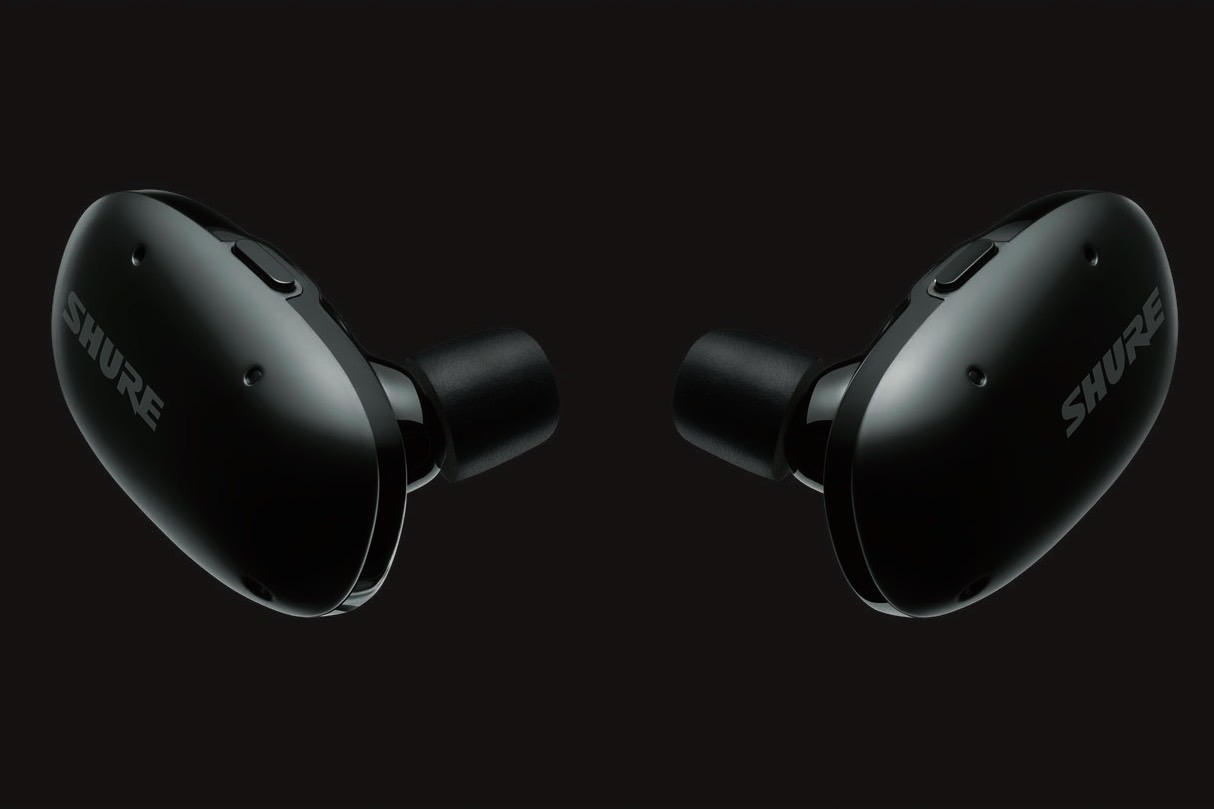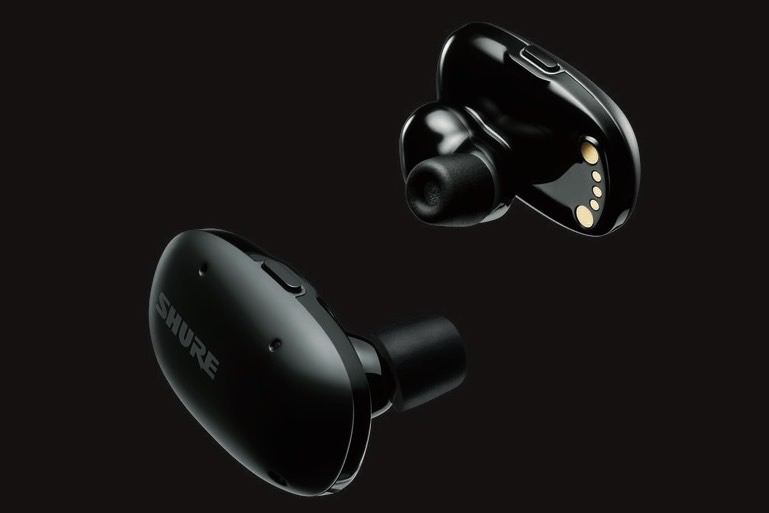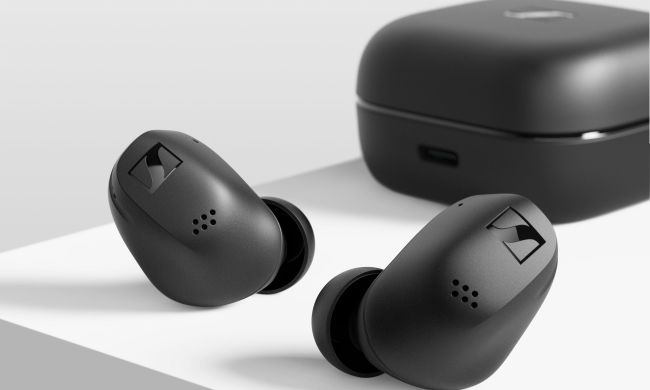After years of being the company that audio pros have looked to for their wired in-ear monitors, Shure has finally debuted its first set of genuine true wireless earbuds: The $199 Shure Aonic Free. They’re available in a single color (graphite gray) starting November 4.
We say “genuine” true wireless earbuds, because technically speaking, the company’s Shure Aonic 215, which it released in 2020 for $229, were also true wireless earbuds in the sense that each earbud had its own power source and wasn’t connected with any kind of tether. But their over-the-ear loop design let you swap out the acoustic portion for a different earbud module and that made them far bigger than any other true wireless earbuds.

Not so with the Aonic Free, which, while still large-looking when compared to something like the third-gen AirPods, are the real true wireless deal. You might think that after waiting this long to get into the true wireless game, Shure would come in with both guns blazing feature-wise in an attempt to play catch-up with companies like Sony, Bose, and Apple. But Shure has opted for a more conservative set of goals for the Aonic Free.
You won’t find active noise cancellation (ANC), in-ear sensors, water or sweat protection, or wireless charging. Instead, Shure has put the focus on sound quality and customization — an approach that it has used again and again over the years.
Shure says that the Aonic Free provide “clear, studio-quality sound with deep bass” powered by a premium amplifier and driver combination. These are the same claims made by virtually all companies that make true wireless earbuds, but in Shure’s case, it’s probably not the usual marketing hype. We’ve reviewed many of the company’s earbuds and headphones and found them all to be excellent performers. The buds use Bluetooth 5.0 and support SBC, AAC, and aptX codecs.
You’ll be able to make extensive modifications to the controls and EQ settings using the ShurePlus Play app, which also doubles as a streaming music control center. Call quality was a big strength of the Aonic 215, and Shure promises that will continue with the Aonic Free, which reduces the volume of music while on a call and incorporates noise suppression technology to block wind noise.
The company claims the Aonic Free’s noise-isolating design, which uses an ergonomically angled horn plus Comply foam eartips, will block up to 37 decibels of external sound. That’s comparable to what the best ANC systems are capable of, though noise-isolating designs are passive by nature and can’t respond in real-time to changing environments. To counteract all of that noise-blocking when you need to hear what’s going on, an Environmental Mode (transparency mode) activates the external mics to let sounds in.
Battery life is a claimed seven hours per charge, and the charging case can carry two full recharges, for a total of 21 hours of wire-free play time. That’s not quite as long as you’ll get from other true wireless earbuds, which can last up to 40 hours, but it should still get you through a full day of listening.
Correction: Due to an error from Shure, an earlier version of this article said that the Aonic Free have IPX4 protection from water and sweat. The earbuds do not have an IPX rating.






